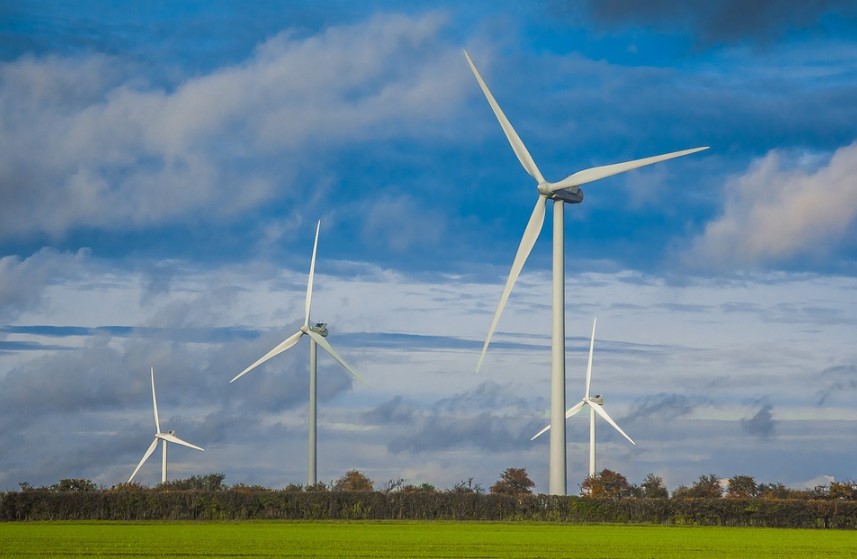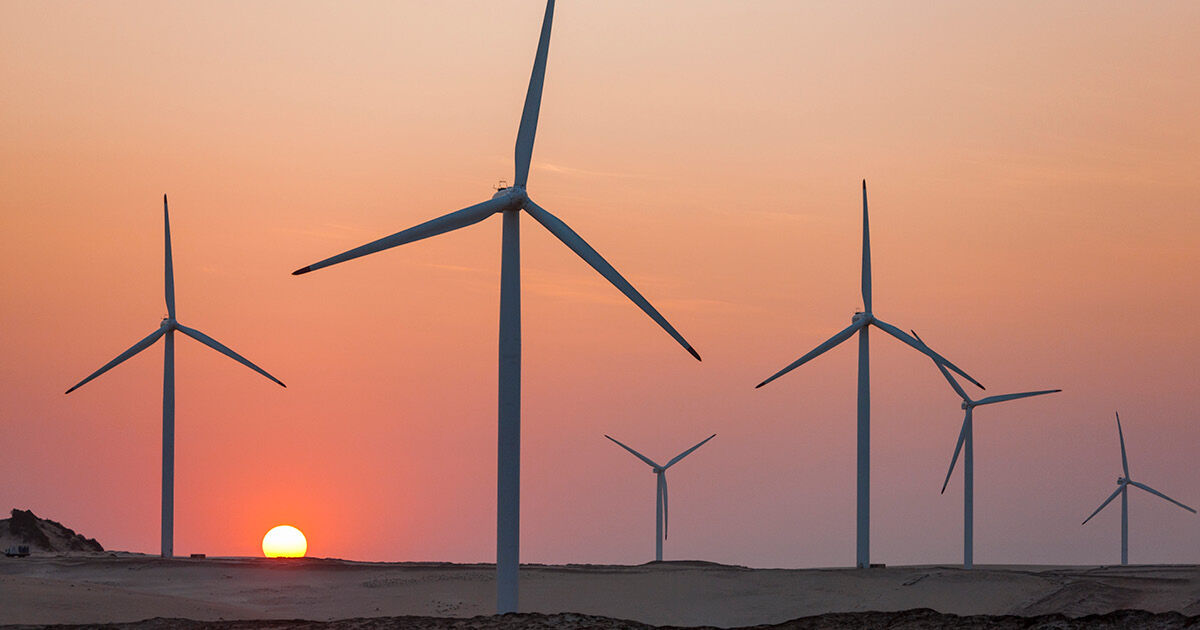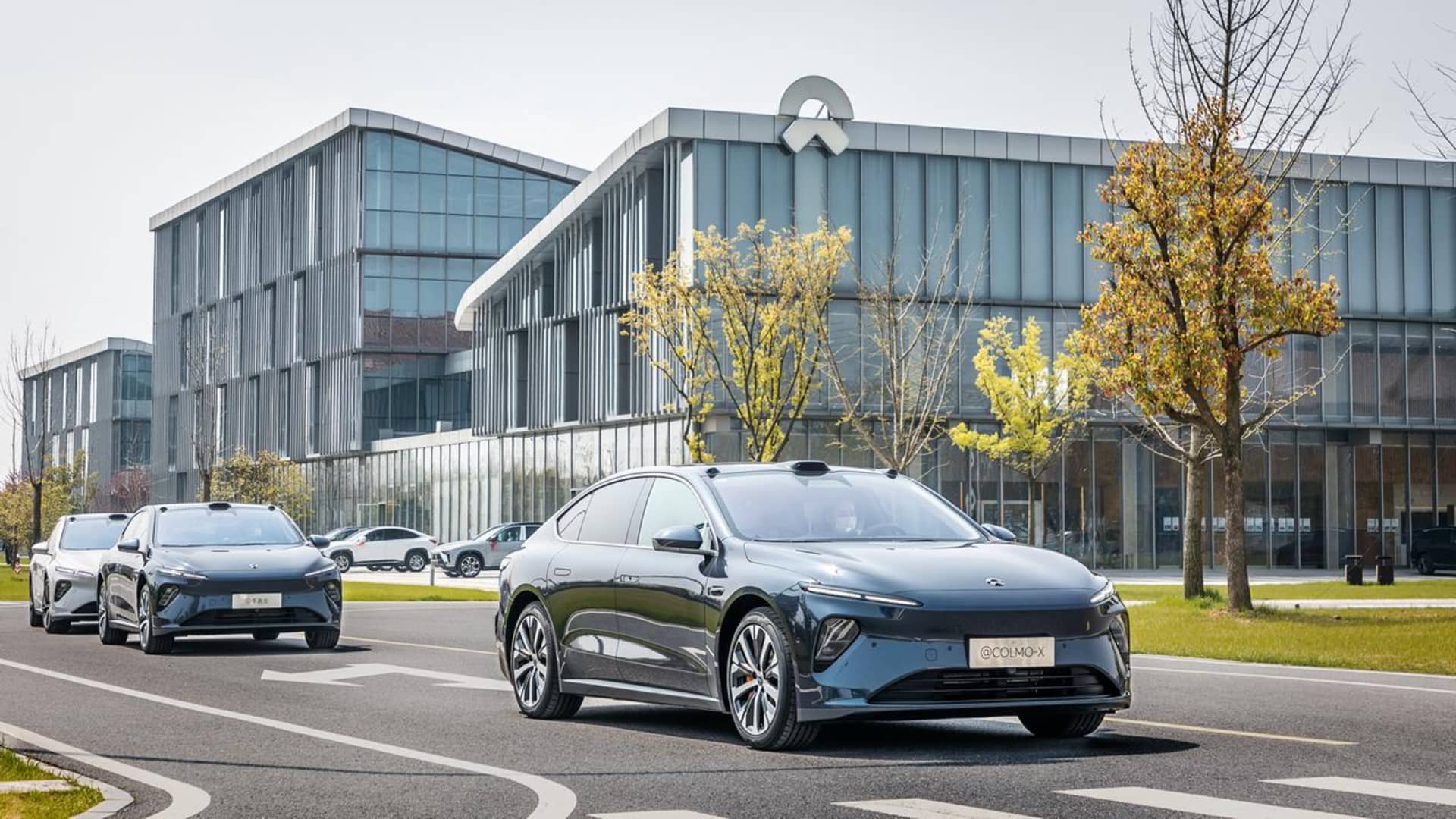StealthP3D
Well-Known Member
With knowing that BEVs need way less service over the long run so that service revenue stream doesn't exist so they go out and build their charging network to get 10%+ profit perpetually through their Supercharger network. Meanwhile Ford, GM, LICE doesnt have this and have given away all the potential profits to the 3rd party companies like EVgo, Chargepoint, Electrify America (VW?). Even though it isnt much, there is something to be said about a never ending, slowly increasing source of profit.
I agree, Q3 could be the start of some mind blowing numbers from all facets of Tesla's business. I can't wait!
Charging is a slowly increasing source of profit?
If Tesla increases production of autos by an average amount of 50% per year while the number of early cars with free supercharging for the life of the car is not increasing, would not the profits be increasing at a rate above 50% compounded annually? And wouldn't you consider any source of profit that was growing at more than 50% compound growth to be increasing more than "slowly"? But, in fact, the number of cars with free supercharging for life are declining, both in actual numbers and especially as a percentage of the fleet that have access to Supercharging. This will have a positive effect on profit growth because, obviously, they are a 100% drag on profits. After thinking about this some more, if we remove cars that charge for free (to simplify the problem), I suppose profits scale linearly with fleet size. So if production is growing 50% annually, and the average life of a car is 15 years, what is the rate of growth of the fleet over time? Maybe someone with better math skill than I can help out here.
I believe it was a couple of years ago that Tesla increased Supercharging fees by a substantial amount, much more than any increase in the price of electricity. Another factor in play is the reduction of cars that have free supercharging, not for the life of the car, but for as long as it is owned by the original purchaser. When the original purchaser transfers ownership, the free supercharging ends. My Performance Model 3 is one of these and Tesla sold a considerable number of cars with this benefit in 2018. The introduction of the Model Y and also the Plaid Model S would be enough to cause many of those owners to trade-in or sell their 2018 Model 3 Performance, thus ending the free Supercharging. A number of owners with free Supercharging are constantly road-tripping for the price of replacing the tires as they wear out.
I agree that Q3 numbers could shock expectations if a number of profit catalysts coincide at once but I'm also prepared for Q2 to play that role instead (due to the already low expectations). Some profit catalysts can be triggered at Tesla's pleasure and Tesla has a certain amount of discretion as to when they spend/recognize expenses with two factories ramping at once so we won't know for sure until Tesla reports. Fun times!









